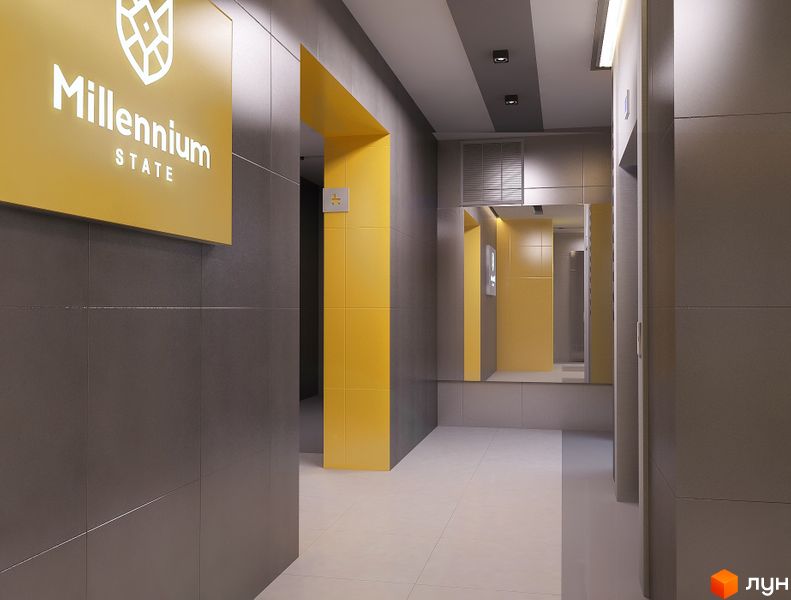
- Pro gov uk virtual museum millennium piperoll archive#
- Pro gov uk virtual museum millennium piperoll free#
“Covid-19 has made the push much more urgent,” said Daniel Birnbaum of AcuteArt, which brings together international artists, new media and technology to produce works in VR, augmented reality (AR) and mixed reality (MR), explaining that many technologies in prototype have been bumped up to help deal with widespread user demand. “This is just the beginning of a new era of experiencing art through digital realms.” “Our hope for these online exhibitions is to use the voices of our dealers and curatorial team to create multi-media environments that really invoke an artist and the context in which they were making their work,” said Marc Glimcher, CEO of Pace Gallery. The gallery began exploring online viewing room platforms last year as part of a major redesign to their website. “That has been the goal – to come up with something that is effective for reaching collectors and the art world at large, but also appeals to artists because it is contextual, art historic and elegant.” Taking a similar strategy is Pace Gallery, whose roster includes leading tech-influenced artists like Trevor Paglen and teamLab. “They can embed videos, longer excerpts of art-historically relevant material, and artist-created content.” Like any medium, he noted, the online space becomes as meaningful and as fruitful as we are thoughtful in the ways we approach it. “Online exhibitions can do things that brick-and-mortar exhibitions can’t,” explained Lucas Zwirner, head of content. Already scheduled before the outbreak, its debut was fast-tracked in response to the Hong Kong fair’s cancellation, explained Marc Spiegler, global director of Art Basel: “It became clear this was something we needed to accelerate and expand.” The virtual fair, which features 234 galleries and a combined 2,100 works, with perks like ZoomRoom, which enables galleries and artists to walk through viewing areas with potential collectors, appeared to be the most logical response to the unprecedented disruption.ĭavid Zwirner Gallery, the first to launch online rooms in 2017, has also seen an uptick in digital interest both on its viewing room platform, David Zwirner Online, and podcast Dialogues. The past month’s most discussed virtual project has been Art Basel’s Online Viewing Rooms, which proved so popular when it launched that the site crashed. The David Zwirner Gallery online viewing room.
Pro gov uk virtual museum millennium piperoll archive#
In Vienna, an ambitious campaign has put almost all of the city’s cultural treasures online, from the Belvedere to the State Opera, which currently offers selections from its archive of video performances as well as a VR/360-degree experience, recently gaining 130,000 new registrations on the opera’s streaming platform and apps.

Pro gov uk virtual museum millennium piperoll free#
The New York Public Library and the 92nd Street Y previously enjoyed modest success with their digital efforts but, since Covid-19, have gained new audiences with dynamic initiatives, shifting discussions with celebrated culture figures to YouTube and introducing free online tutoring for students. Recently, the digital team reported a 4,106% growth in streaming viewership, with YouTube video views up 150%, and both socials and the website experiencing significant increases in engagement.

This has included the Metropolitan Museum of Art’s award-winning video series, the Met 360 Project, that invites viewers to explore the Temple of Dendur, among other attractions, using spherical 360° technology created by the celebrated producer Nina Diamond. Today, thousands of users each month virtually explore treasures from the Uffizi Galleries to the Guggenheim, leading to a boom in arts-leaning VR projects. When the Google Arts & Culture initiative first launched in 2011, it had modest ambitions. Now, with social distancing, the technology is experiencing something of a renaissance.

In a sector that thrives on in-person connection, the loss of an audience is disastrous, yet resilient performers, institutions, galleries, even entire art fairs, are moving to the digital arena, using streaming services and virtual reality, manifesting live concerts on the gaming app Twitch, organizing Instagram dance parties and launching online-only spaces.ĭuring his popular 2015 Ted Talk, the immersive artist, entrepreneur and director Chris Milk suggested that virtual reality could someday become the “ultimate empathy machine” but despite an initial burst of interest in 2015 during the launch of the Oculus Rift headset, immersive media have primarily remained niche. Since the emergence of Covid-19 and resulting self-quarantine, thousands of museums, cultural institutions, festivals and global happenings have temporarily shuttered operations, leaving behind empty streets and a restless public.


 0 kommentar(er)
0 kommentar(er)
